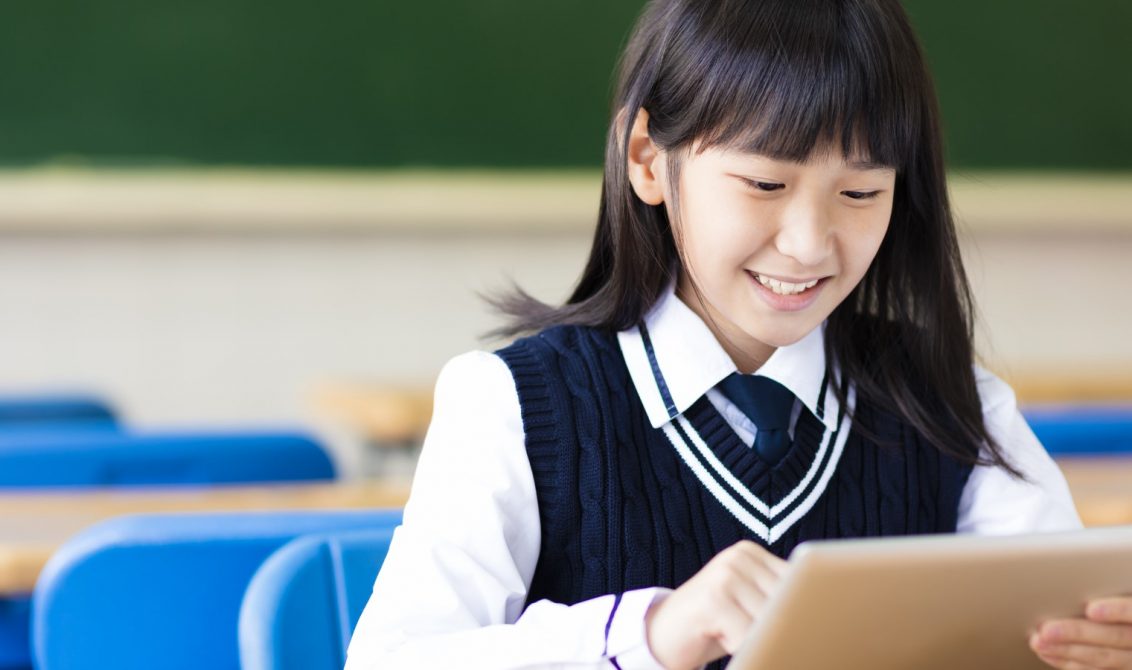
Every classroom is different, but one thing that they all have in common is the variety of skills, interests and abilities in each group of students. Some learners are naturally academic, and excel at retaining and reproducing information. Others struggle in a traditional classroom environment. In these mixed-ability classes, it can be a challenge for the teacher to adapt their lessons in order to make sure that every student has adequate time and input in order to achieve their potential. Personalisation offers a solution to this problem.
But, can you really personalise things when you’re teaching 20-35 students at a time? Or is personalisation just another teaching buzzword?
Let’s take a look at the history of personalisation in education, its two main interpretations and the benefits it can bring learners.
What is personalisation?
Personalisation can be interpreted in a number of ways, making it hard to pin down a concrete definition. However, here are the views from the US and UK governments.
The United States government view:
The U.S. Department of Education, in its 2016 policy document Future Ready Learning, defines personalised learning as “ instruction in which the pace of learning and the instructional approach are optimised for the needs of each learner.”
In a nutshell, it argues that students learn at the pace which suits them best. It says that learning objectives and teaching pedagogy should be designed for their needs, and the activities that students participate in should be inspired by their interests.
The UK government view:
In the UK, the concept of personalised learning became popular around the start of the millennium. It has been a formal part of the Department of Education’s approach since 2004. Their definition runs as follows:
“…personalising learning and teaching means taking a highly structured and responsive approach to each child’s and young person’s learning, in order that all are able to progress, achieve and participate.”
The UK government argues that the link between learning and teaching is strengthened by engaging pupils and their parents and treating them as partners in learning.
However you define personalisation, challenges still exist: fulfilling these criteria in either country would mean a massive overhaul of their entire school systems – something that is definitely easier said than done!.
The history of personalisation in education
Education systems were designed to be standardised. The end of the 17th century saw the establishment of free primary schooling on both sides of the Atlantic. Following the Industrial Revolution, the main purpose of education was to enable people to participate in the job market of the time, by instructing them in the rudiments of reading and writing.
Throughout the 18th and 19th centuries education developed to teach more comprehensive and detailed subject knowledge, expanding to secondary education, but without moving much from the standardised model. Educationalist dissidents such as Maria Montessori and Emmi Pikler took very different approaches, but on the whole, education at the time followed the standard model of teacher-led instruction.
Then along came Benjamin Bloom. Already a very influential educational psychologist having co-authored Bloom’s taxonomy in 1956, Bloom undertook research in 1984 to compare one-to-one teaching (in other words, personalised) with larger group learning. The results of this research were stark: Bloom found that students who received personal tutoring outperformed 98% of those students who did not.
Clearly, assigning an individual teacher to every child in the education system is simply not feasible and the cost of a private tutor is out of reach for the vast majority of the population. However, the huge advancements in technology in recent years coupled with increasing access to digital platforms mean the goal of delivering learning that is personalised at scale to the needs of each student has suddenly become more attainable.
So if can indeed now enable more personalisation in education – what are the benefits?
Personalisation in practice, and its benefits
On a small scale, teachers personalise students’ learning in their classrooms as a matter of course. It can take a variety of forms, from simply personalising the content of lessons and differentiating the tasks that students are set, to personalising teaching to the learning styles of each student.
Two of the most common types of personalisation are pace-driven learning and student-driven learning. Pace-driven learning involves learners working through stages of knowledge at their own pace. They only move on to the next level of learning once they have fully grasped the previous learning objective. There have been criticisms that students coast when using this type of personalised pace-setting. However, with the proper teacher input, this approach allows students to proceed at a pace that suits them, without being held back by slower classmates or left behind if they don’t grasp a concept right away.
Student-driven learning is where students themselves choose what they want to learn about. They have the option to work individually or in collaborative teams, focusing on topics or questions that interest them. And of course, creating choice in terms of assignments, delivery styles and topic areas is one of the main gateways to a truly personalised curriculum.
How does personalised learning benefit students?
1. Increased engagement
When students have input into what they learn and how they learn, they are active participants in their own education, instead of being passive consumers of the teacher’s knowledge. The ability to make meaningful choices leads to students feeling empowered and engaged in what they are learning.
2. Greater gains in understanding
Personalising students’ learning leads to a greater depth of understanding whatever the topic. Research shows that personalised learning strategies makes a huge difference to students’ abilities in maths and English. In fact, the students in this study (over 11,000 across 62 schools) started off below the national average, and two years later were performing above the average. The gains that they made were significantly greater than their peers in schools outside of the study.
3. Development of learning skills
When students direct their own learning, there is a two-fold benefit. As we’ve seen above, they gain a greater understanding of the topic area, but they are also learning something else – how to learn. Following a personalised curriculum gives students the opportunity to develop research skills and learning abilities that aren’t as necessary in a teacher-led classroom.
Is personalisation the future of education?
The ultimate aim of education is to equip students with the knowledge and skills they need for a future success in their careers and wider society. It’s impossible to predict what the world of work will look like in twenty or even ten years time, but one thing we can be sure of is that our students will need to be lifelong learners, armed with creative problem-solving skills and a flexible approach to training. Personalised learning can help them to prepare for directing and organising their own learning far beyond their schooldays – and with the advent of enabling technology, it seems like it is here to stay.

